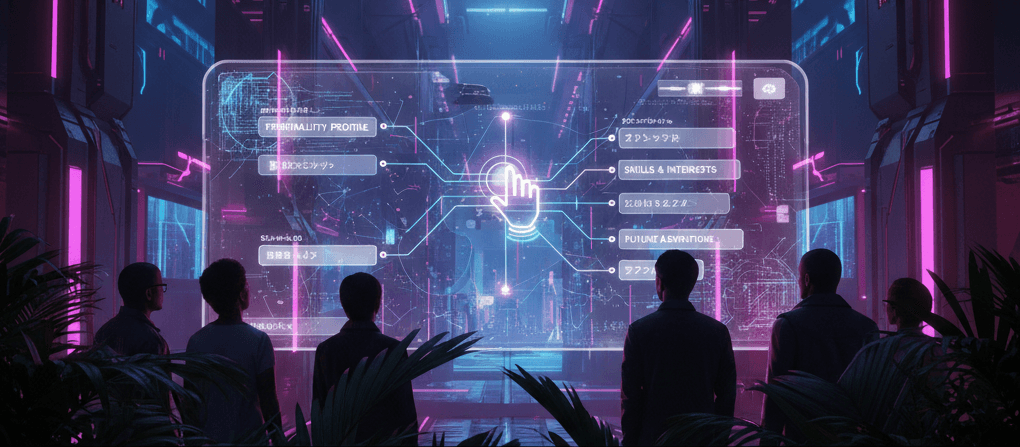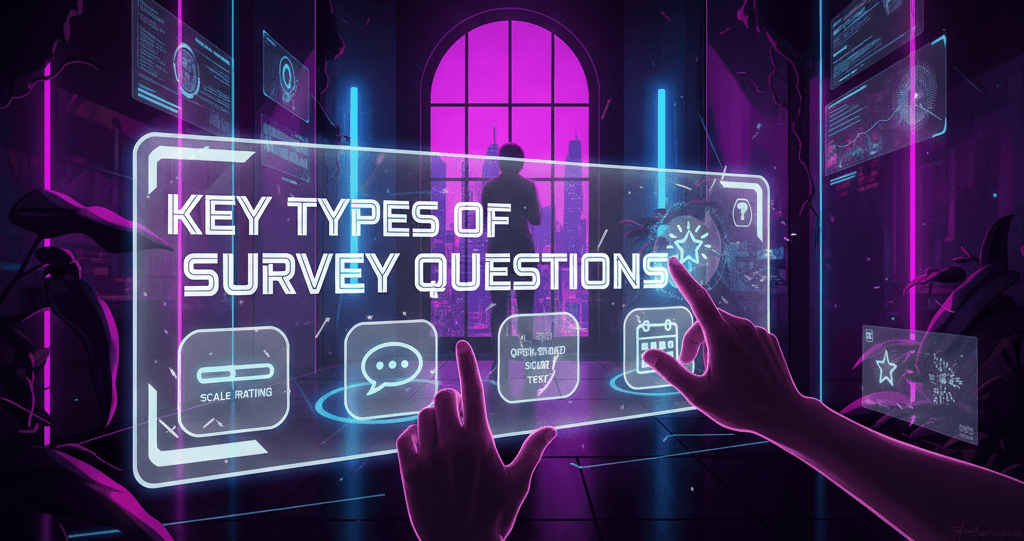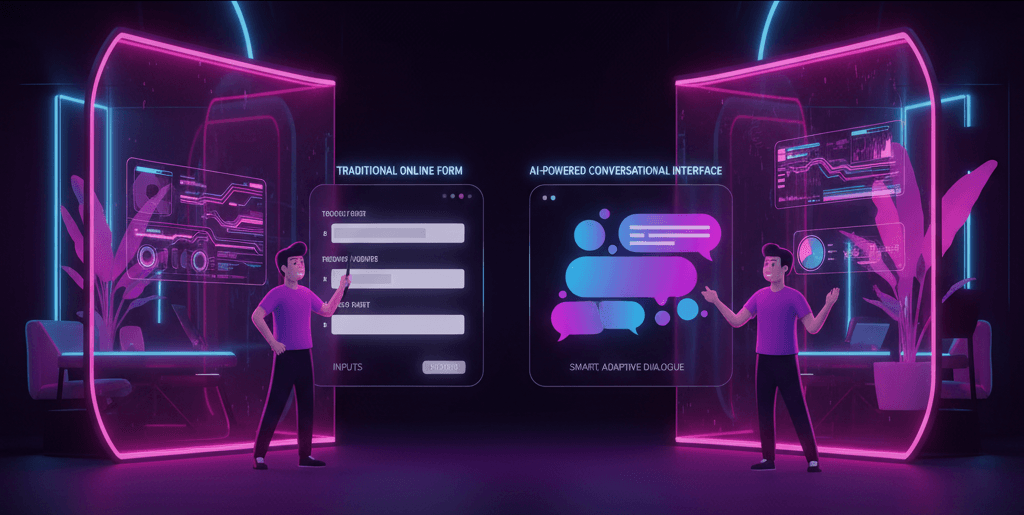Customer retention is more than a metric; it’s a growth engine. Studies show that acquiring a new customer can cost five to seven times more than retaining an existing one. Yet many businesses pour their efforts into acquisition while customer churn silently drains revenue and erodes brand trust.
In today’s digital-first landscape, traditional support models are no longer enough. Reactive service, waiting for the customer to raise their hand, often means it’s already too late. This is where proactive AI support agents come in. These intelligent systems not only respond instantly but also predict customer needs and intervene before dissatisfaction turns into churn.
This blog explores how businesses can reduce churn with AI-driven proactive support, using predictive intelligence, real-time data, and automation to enhance customer experience and retention.
Understanding Customer Churn
What is Customer Churn?
Customer churn refers to the rate at which customers stop doing business with a company over a given period. It can be voluntary (when a customer actively cancels or switches to a competitor) or involuntary (due to failed payments or inactivity).
Common causes include:
- Poor customer service
- Unmet expectations
- Unresolved technical issues
- Long wait times for support
- Lack of engagement or perceived value
Why Reducing Churn Matters
High churn rates not only reduce revenue but also harm brand reputation. Loyal customers tend to spend more, refer others, and provide valuable feedback. In SaaS, subscription, and eCommerce models, high churn rates directly limit growth potential and scalability. Reducing churn increases customer lifetime value (CLTV) and strengthens the business’s bottom line.
The Rise of Proactive AI in Customer Support
From Reactive to Proactive Support
Traditional support systems operate reactively; agents wait for customer issues and respond accordingly. While this model works for basic needs, it often fails during scale or complex queries. Customers expect real-time, personalized experiences, and waiting in queues frustrates them.
Proactive support flips the script. Instead of waiting for issues to arise, AI agents monitor user behavior, usage patterns, and context to anticipate problems and initiate contact before users reach out.
What Are Proactive AI Support Agents?
Proactive AI support agents are intelligent virtual assistants that:
- Initiate conversations based on triggers (e.g., cart abandonment or login failure)
- Analyze real-time behavioral and historical data
- Offer personalized solutions without the user needing to ask
- Route users to human agents when required
They rely on technologies like Natural Language Processing (NLP), machine learning, and predictive analytics to understand intent and deliver context-aware responses.
How Proactive AI Reduces Customer Churn
Key Ways AI Support Agents Help
- Anticipating Issues: AI can detect early signs of dissatisfaction such as reduced logins, feature neglect, or abrupt session exits. This helps in proactively reaching out with helpful resources or incentives.
- Instant Resolution: AI agents resolve repetitive, low-complexity queries instantly, like password resets, shipping status, or onboarding steps, preventing frustration.
- 24/7 Availability: Always-on support ensures users get help any time, especially in global businesses where time zones differ.
- Personalized Engagement: AI uses historical data and behavioral cues to tailor interactions, offering targeted help, upsells, or check-ins based on the user’s journey.
- Seamless Human Escalation: When AI can’t resolve complex issues, it seamlessly transfers the user to a human agent with full context, eliminating repetition and delay.
Real-Life Use Cases
- SaaS Example: A project management platform uses AI to monitor user inactivity. When a team hasn’t logged in for several days, the AI sends a check-in message offering training content or a call with a success manager.
- eCommerce Example: A clothing retailer’s AI chatbot triggers a conversation when a user hesitates on the checkout page. It offers a discount or addresses sizing concerns, converting the sale, and preventing churn.
- Subscription App Example: A fitness app uses AI to detect churn risk from reduced workout sessions. It sends motivational reminders, personalized goals, or offers a call with a trainer to re-engage the user.
Implementing Proactive AI Support Effectively
Best Practices for Deployment
- Identify Pain Points: Begin by analyzing support tickets and churn reasons. Use AI where delays or dissatisfaction are most common.
- Train with Quality Data: Feed your AI engine with real customer interactions, FAQs, and intent mappings to improve accuracy.
- Blend AI with Human Touch: Use AI for initial contact and automation but allow easy human escalation for complex or emotional queries.
- Monitor Performance: Continuously measure accuracy, deflection rates, and satisfaction scores to refine AI behavior.
- Ensure Compliance and Transparency: Inform users they are interacting with AI and protect user data with proper compliance measures.
Tools and Platforms to Consider
- Zendesk AI
- Intercom
- Ada
- Drift
- Freshdesk Freddy AI
Measuring the Impact of AI on Churn Reduction
Key Metrics to Track
- Customer Churn Rate
- Net Promoter Score (NPS)
- Customer Satisfaction Score (CSAT)
- Average Resolution Time
- Ticket Deflection Rate
- Retention Rate
These metrics provide a quantifiable view of AI’s impact on experience and retention.
Challenges and Limitations of AI Support Agents
What to Watch Out For
- Over-Automation: Too much reliance on AI can make users feel alienated if responses are overly robotic.
- Training Gaps: Poor training data leads to inaccurate responses.
- Lack of Empathy: AI struggles with emotional nuances and complex problem-solving.
- Data Privacy Concerns: Mishandling sensitive data can lead to compliance risks.
Future Outlook: AI and Customer Retention
As AI continues to mature, the future of proactive support looks promising:
- Predictive Churn Scoring: AI will become better at identifying at-risk customers before they show any clear signs.
- Omnichannel AI: Unified support across web, app, social, and email.
- Emotion-Aware AI: Sentiment analysis will allow more emotionally intelligent AI interactions.
- Customer Success Automation: AI will take a central role in onboarding, renewal, and upsell processes.
Conclusion & Key Takeaways
Customer churn is a silent revenue killer, but it’s also an opportunity. With proactive AI support agents, businesses can move from reactive fire-fighting to intelligent, personalized engagement. By anticipating customer needs, solving issues instantly, and delivering 24/7 support, AI acts as a strategic partner in customer retention.
Investing in the right AI tools and practices isn’t just a tech upgrade; it’s a long-term win for customer loyalty, revenue growth, and brand reputation.












